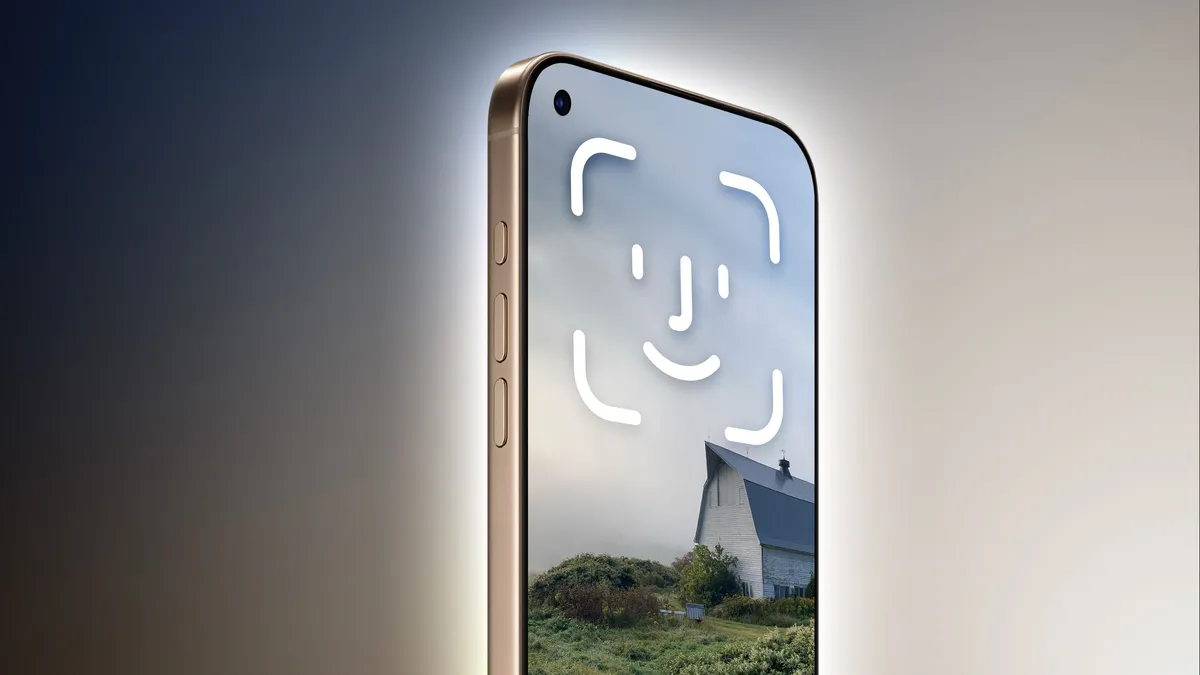
Apple is making significant strides in smartphone technology by actively testing an under-display Face ID system on a prototype of the upcoming iPhone 18 Pro model. This information was shared by a reliable Chinese leaker on Monday, raising excitement among tech enthusiasts. The leaker, known as Digital Chat Station, revealed on their Weibo account that Apple is experimenting with under-display 3D facial recognition for both the iPhone 18 Pro and the iPhone 18 Pro Max, which are slated for release next year.
Digital Chat Station has previously demonstrated credibility through accurate predictions, drawing from their connections within the Apple supply chain. This latest claim aligns with a report from The Information, which indicated that the forthcoming iPhone 18 Pro models, expected to launch in the next two generations, will likely incorporate under-screen Face ID. The design will feature only a small hole in the top-left corner of the screen to house the front-facing camera, which is a significant departure from traditional designs.
Implementing under-display Face ID presents a complex engineering challenge for Apple. This innovative technology requires the integration of intricate infrared facial recognition sensors beneath the iPhone's OLED display. The main hurdle lies in ensuring that the system maintains both accuracy and reliability, as Face ID technology relies on projecting and reading thousands of infrared dots to create an intricate depth map of a user’s face.
One of the significant obstacles is that OLED panels can obstruct or scatter much of the infrared light essential for the functionality of Face ID. To address this issue, Apple is likely exploring methods to allow more infrared light to pass through selected areas of the display while minimizing distortion and preserving image quality. This endeavor may necessitate a complete redesign of both the hardware components and the software algorithms to counter signal loss and optical interference.
Before Apple can introduce this technology to consumers, it must ensure that the new under-display Face ID system matches the performance and security of the existing Face ID technology. This meticulous process is crucial for maintaining user trust and satisfaction.
In addition to the advancements in Face ID, Apple is reportedly planning to implement a single HIIA (hole-in-active-area) hole punch for the front-facing selfie camera. This innovative display manufacturing technique, developed by Samsung and other display manufacturers, allows front-facing cameras to be integrated into OLED panels without sacrificing too much screen space. The process involves precise laser micro-drilling to create a small hole within the active pixel area of the display.
As Apple continues to refine these technologies, the anticipation surrounding the iPhone 18 Pro models grows. With potential innovations like under-display Face ID and advanced camera designs, Apple is poised to redefine the smartphone experience.